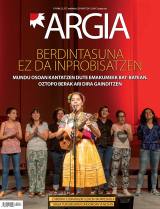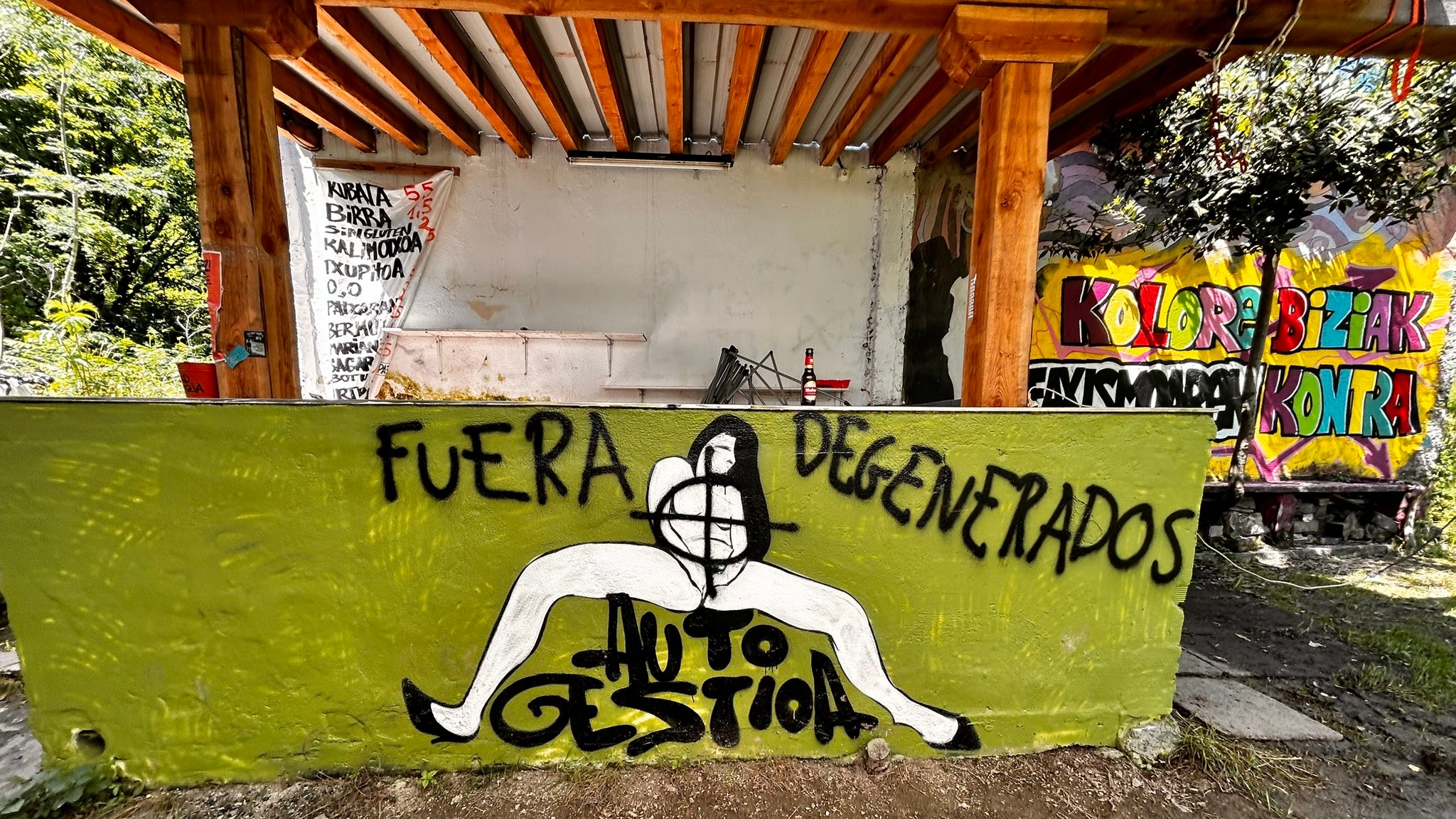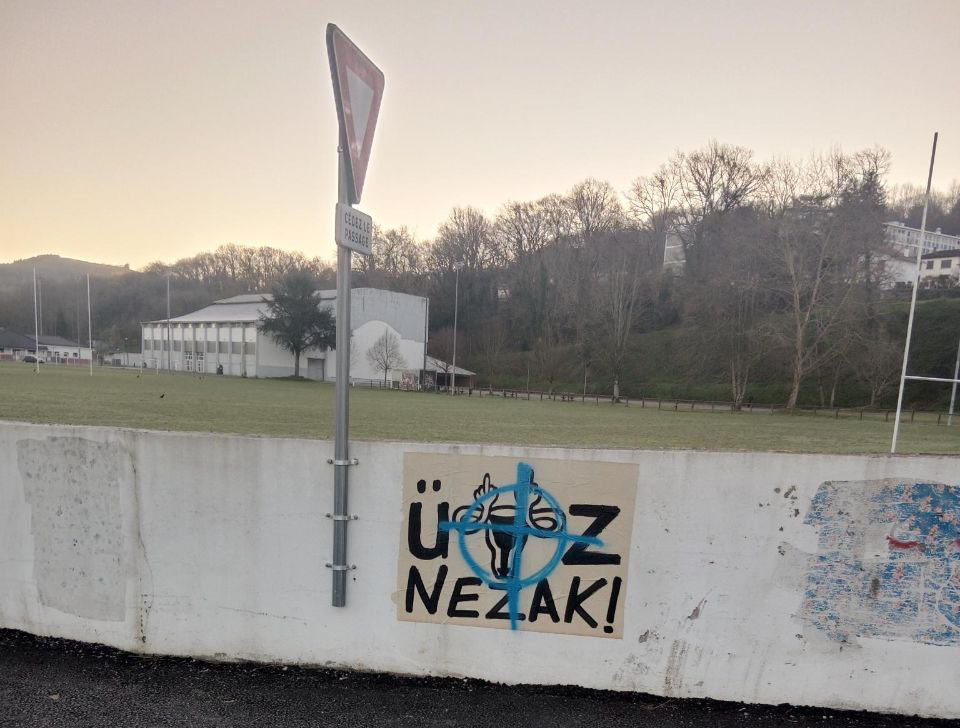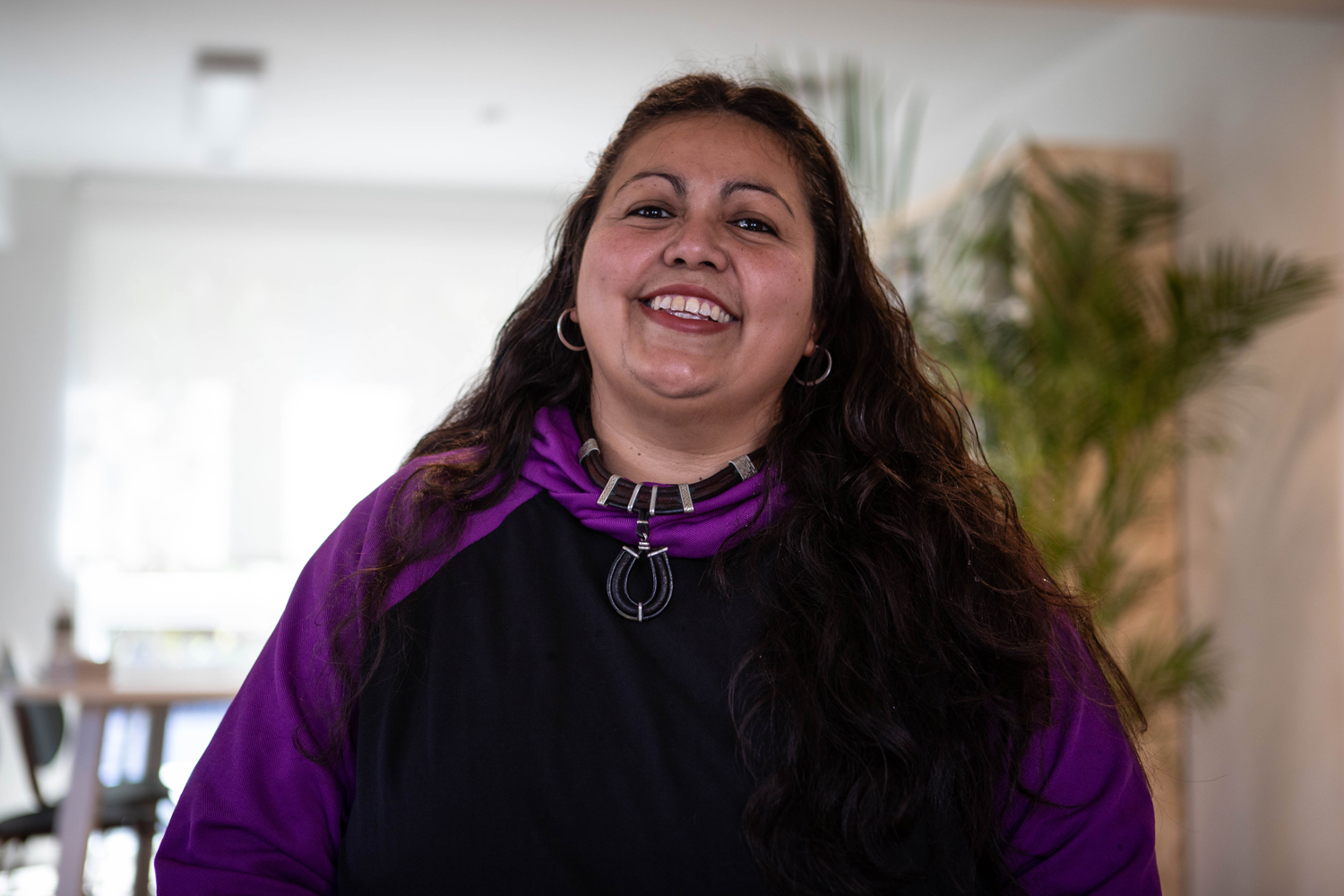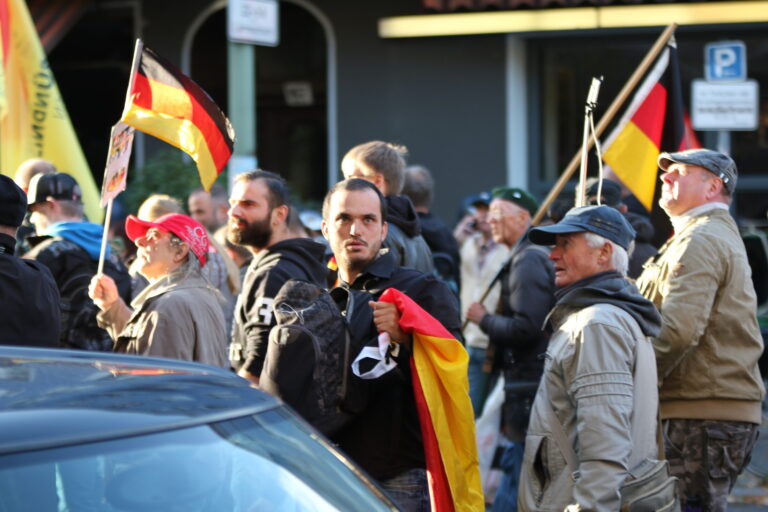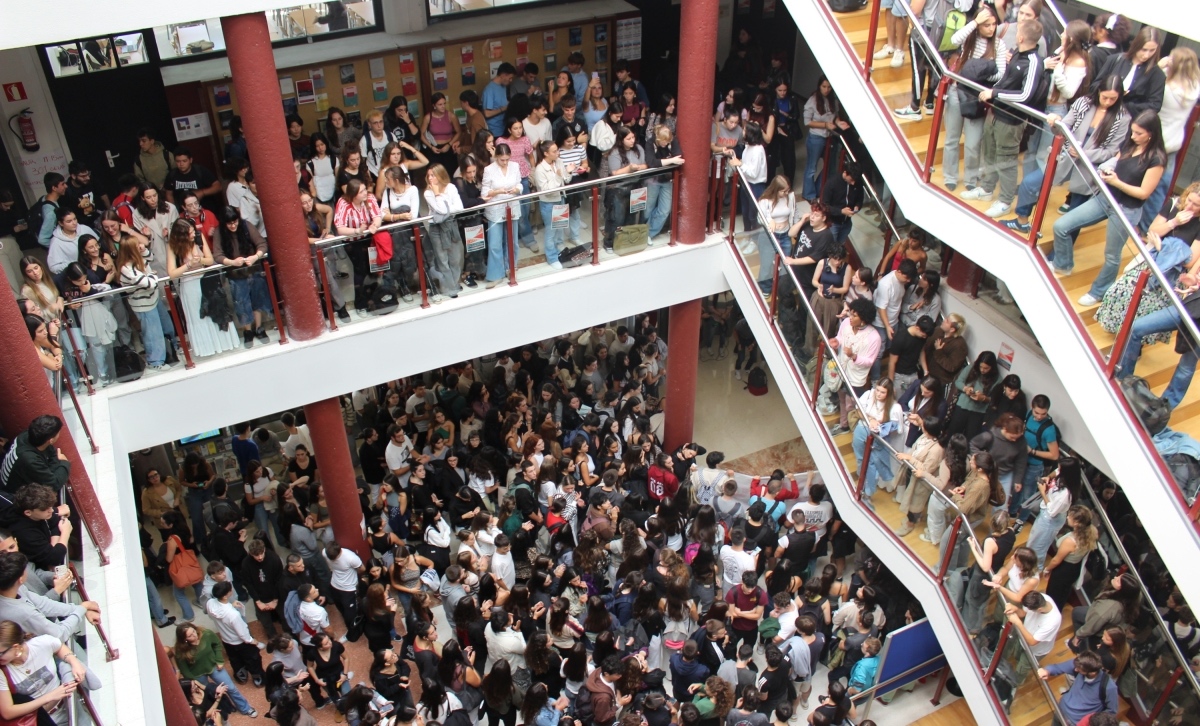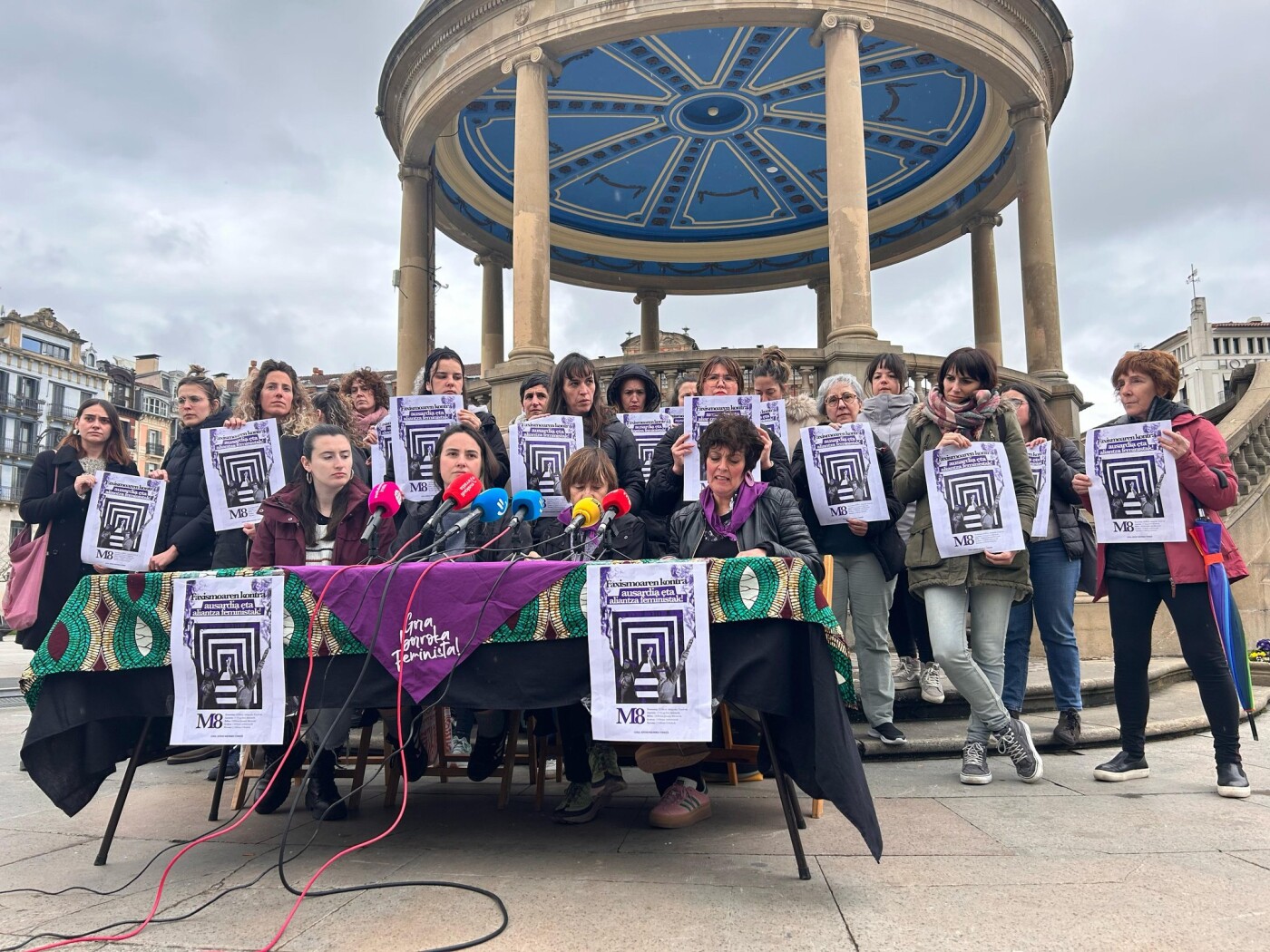A company of paramilitaries and ultraderechyes executes extrajudicial evictions
- A campaign denounces that a luxury real estate and a ‘eviction company’ made up of Desokupa, Eastern European militiamen and fascist martial arts fighters, act together.
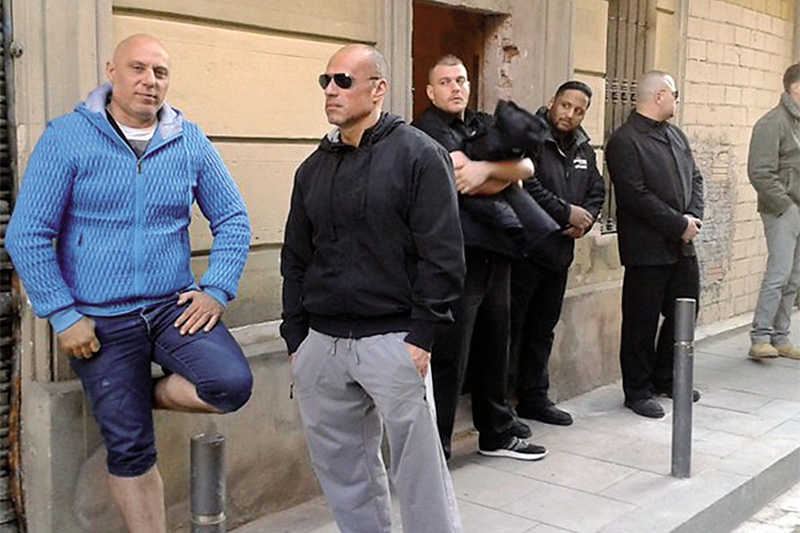
April 14, 2016, Thursday, at Josep Torres Street, 20, in the center of the gypsy Gràcia. Four o'clock in the afternoon. A group of eight muscular men, accompanied by a masonry and a locksmith, have pierced the main door and sawed it using a radial. In July of last year a group of young people occupied the building classified as a historical patrimony, collected in 1892. After years abandoned, he was increasingly deteriorating.
The command has been monitoring the area and has waited for no one to be found in the building, so it has been able to access it. Once inside, they have begun to destroy the furniture and walls of the main rooms, toilets and kitchen. Protection groups and some 20 neighbours have mobilized immediately and concentrated in front of the building to prevent the collapse. Part of it has been achieved. The group of men has left the building and stood in front of the door, until the arrival of four vans from the BASIN of the Mossos d'Esquadra (Regional Area of Operational Resources), two patrols of the Municipal Police, two of the Mossos and one fire unit. The fire brigade went to the site to check the state of the building and advised the Ertzaintza not to access it. The Mossos have identified the members of the command and have quietly talked to them. They have given them their business card, with the phone and web address of Desokupa.
That afternoon, the information project Gràcia Viva called: "The complicity between the police and the thugs has been constant. Smiles and secrets to the ear.” The men have waited around the corner and given permission to the occupants to get their belongings out of the building. Shortly afterwards, some workers have erected a wall in the access, promoted by the constructor Norvet Property, until the building's rehabilitation works begin. The next day, the company announced on its website the project to be carried out in the building.
Following these events, neighbours and activists have launched the #StopDesokupa campaign with the aim of “making visible and fighting against the hiring of matons by household speculative owners, and monitoring such actions and paralysing them collectively”. It is also intended, through its website, to create an area of denunciation of such measures and those responsible for them.
Building owner
"From the word of Norvet we take the expression "whoever wants can". When we believe in a project, we make it happen. And we recommend that you do the same. We will look for the housing that suits you best and do it you; we will do our best to help you in it.” This is the presentation of the housing agency Norvet, S.L. This company, managed by the executive Alon Younger, has been specializing in the rehabilitation of "unique buildings" since 2013. “As we like Barcelona, we want to protect the places that give it personality. We offer to the market the affection and delicacy that a charming building needs,” they say on their website.
According to the legend spread in the neighborhood, the owner, Agustí Agustí Atzeries, committed to the devil to get money to be able to finish restoring the building in the 1,900, when it was in works. That’s why Can Demon was named “The Devil’s House.” Atzeries won the lottery and decided, contrary to the opinion of the neighbors, to fill the facade of diabetic heads that still remain there.
Once in the hands of Sareb, the building was acquired by the investment fund Roof Capital S.L. with the objective of building luxury apartments. The company dedicated to building trade, led by the administrator Simón Castellá Högbom, also a member of the management of Banc Sabadell, transferred the property of Can Dimoni to Norvet SL at the beginning of the year.
In December, residents of the building reported that several people allegedly sent by their owners were threatened and guarded, offered them money and tried to intimidate them. The actions initiated by Roof Capital, owner of the space, continued when the building was awarded to Norvet S.L. According to one of the building's neighbors, it was Alon Younger who came to the house to try to talk to the occupants of the building. Those ‘aggressive bullying practices’ were maintained during the eviction of 14 April. The company Desokupa is not listed in the Registro Mercantil and some of its members have lived for a period of time in a prefabricated module within the building for the preservation of the space until the beginning of the rehabilitation works.
Vacancy Command
This eight-man command provided the Mossos with a mobile number and a business card with a website during the eviction day. You can read it on the web and on the digital portal Milanuncios.com: ‘Unemployment. Company specialized in eviction of hard-occupied apartments without hire contract, legal methods, we will recover the building in less than 72 hours throughout the peninsula. Efficiency exceeding 90%’.
The announcement reminds us of something that could be read on the same portal in 2009: ‘Moroso Bcn. A team of professionals with over 20 years of experience in the sector. We are specialists in the management of debt collection and fraud. We use agile methods and we have specialized legal advice on defaults. Fast, no-invoice and money B, regardless of age, we use our own techniques with guaranteed efficiency, ethics and within the law.”
Both businesses share a name: Daniel Esteve. Your phone number is listed as the contact number on the Desokupa website. In addition, Esteve was arrested in 2008 in a police operation against Morosos Bcn in Castelldefels (Castelldefels), where he was arrested. In the police circles, he was known as the Segura for his work in the field of private security in the festivities of Barcelona and Ibiza, as reported by the Official.
After several people, from Figueres to Valencia, denounced that the members of Morosos Bcn had “carried out savagely” them, the kidnapping and extortion unit of Mossos d’Esquadra opened an investigation, led by the Court of Instruction No. 3 of Gavà. On 4 November 2008, the Mossos Task Force (GEI) conducted an operation to arrest Esteve, accused of illegal detention, insults, threats and membership of an illegal association. The police operation was echoed, as one of the agents involved was sentenced to one year ' s imprisonment and to disqualification. The Mosso was sentenced to Antonio Coscolini (who accompanied Daniel Esteve that night), with a blinding grenade, for destroying part of the right and left testicle.
The extreme right also
Years later, the former Mixed Martial Arts (MMA) nightclub wrestler and former goalkeeper has formed the event company La Isla Fighting Championship SL. The company organizes the Fighting Championship Island championships. The fifth edition of these combat festivals was held at the Vall d'Hebron Pavilion on May 15, and brought together international MMA fighters, K-1, Muay Thai and boxing.
Several witnesses have stated that Daniel Esteve directed the other members of the command who participated in the eviction of Can Dimonico and ordered their positions and functions a few weeks before that sports meeting. However, according to witnesses, Esteve recommended a member of the company that owned Can Dimoni in the vicinity of the building to hire "another command", as he did not know if he could "defend the building at night" with the men he had.
Some of the group’s components appear in Facebook photos by training in martial arts gyms in Barcelona and Castelldefels. Following a chapter of TV3’s Entrelínies programme, a monograph entitled ‘Controlled violence’, issued in February 2008, several witnesses to the eviction of Gràcia have identified one of them: Ernesto Navas. In this audiovisual document, TV3 defined Navas as a ‘fighting expert’.
Navas himself acknowledged that he was fighting and said: “You have a good time in the fighting.” He added, however, that after getting married and having a child, he decided to “change life”. Navas was convicted of attempted murder in October 2006, when he was still a minor, for hitting three young redskin on the Camp de l’Arpa metro and dragging a knife to one of them. According to the documentary himself, he spent two years and two months in probation. He later made a ‘social reintegration’ thanks to a program of marginal fighters driven by Meguro Roquete, a former world champion, Chinto Mordillo, in the Nou Barris neighbourhood.
In some of the photographs of this gym, also known as Fight Dog, you see on the arm a large tattoo of a Nazi svástica and a prominent «Rudolf Hess» in the abs in honor of the historic leader of Nazi Germany. Some of the members of the current Vacancy command met in this gym, closed two years ago. Among them, Daniel Esteve and his training partner, Commander Jivko Ivanov.
Ivanov participated in the eviction of Can Dimoni. He is called a commander because he has participated in several armed conflicts: In Kosovo he fought for independence, or in the civil war in Ukraine, he participated in the battalions for the annexation of Crimea to Russia. Ivanov Stop Islamisation of Europe (SIOE) is a militant of the anti-Islamic movement at European level, while Bulgaria Alba is a militant of the Orthodox racist armed group (Panama).
2015eko irailean Donostiako Kortxoenea gaztetxea eraisten saiatu ostean, bi hilabeteko erresistentzia fasea abiatu zuten. Hondeamakinak geratu egin behar izan zituzten segurtasun neurriak bete gabe aritu zirelako eta beraz, legez kanpo. Bi hilabete horietan hamaika ekimen kultural antolatu zuten eta 24 orduz jendea izan zen gaztetxean.
Azaroaren 4ko goizaldean etorri zen bigarren oldarraldia. Hiru lagun zeuden gaztetxean, gaua han pasa zutenak. “Hondeamakinak errepidean gora zetozela entzun eta leihora hurbildu nintzen, goizeko 7:10 inguru. Hori ikusita, “Badatoz! Badatoz!” oihuka hasi ginen, baina segundo gutxira, 8-10 bat gizon gihartsu, ilunez jantzita eta burua estalita, barrura sartu ziren atea kolpez irekita. Palanka batez gain, hainbatek metalezko barrak eta egurrezko objektuak zeramatzaten”. Horrela azaldu diote ARGIAri Kortxoenearen huste ilegala, une horietan gaztetxe barruan zeuden bi kidek.
“¡Fuera de aquí! ¡No cojais nada! garrasika, behin eta berriz errepikatzen zuten. Gutako bakoitza norberaren gauzak hartzen saiatu zen, baita baliozko gauzak ere: ordenagailuak, proiektorea eta beste, baina guregana korrika etorri eta oso modu txarrean kanpora aterarazi gintuzten. Gutako kide batek adibidez, “kontuz, bizkarrean hernia bat daukat” esan eta segituan belaunarekin bizkarrean jo zuten bete-betean. Oso minduta egon zen hurrengo asteetan”.
Bultzaka, eskuak bizkarraren atzean eutsiz eta eskumuturrak bihurrituz atera zituzten. Tentsio handiko uneak izan zirela gogoratzen dute. Lehenak jantzi ahal izan zuen, beste bat oinutsik aterarazi zuten eta hirugarren kidea, barneko arropa soilik jantzita zuela.
Beren artean apenas hitz egiten zutela gogoratzen dute eta oso ongi zekitela zer egin behar zuten. Zur eta lur, ezer grabatzeko astirik eta aukerarik gabe. Aurreko saiakeran bete ez zuten segurtasun neurria zen eraikina hesitzea. Bada, eraikinetik gertu zegoen auto bat gizon horien artean lekuz mugitu eta hesitzeko moduan utzi zuten”. Une horretan, arduradunak hurbildu eta korrika ihesi hasi aurretik, zoriondu egin zituztela oroitzen dute.
Kortxoenea barnean zeuden pertsonak kanporatu eta minutu gutxira iritsi zen Donostiako Udaleko teknikaria. Eraikina hutsa zegoenez eta hesiak jarrita zeudenez, baietz, eraisketa has zitekeela adierazi zuen. Hondeamakinak paretak zulatzeari ekin zioten. Alarma deia zabaltzearekin batera, jendea hurbiltzen hasi zen eta hiru kide teilatura igo ziren, eraisketa geratzeko asmoarekin. Segurtasun enpresako kideak teilatura igo eta hauek “atxilotzen” hasi ziren, eskuburdinak jarriz.
Bitartean, desalojoa ilegala zela argi zutenek, Donostiako Udaltzaingora eta Ertzaintzara deitu zuten, agenteak joan zitezen beren begiekin ikustera gertatzen ari zena legez kanpokoa zela. Ertzaintza ez zen agertu, nahiz eta goizeko 6:00etatik aurrera Polloe hilerriaren ondoan operatiboa prest zuten. Gazteak teilatura igo zirenean bai, furgonetak Kortxoeneara joan ziren.
Desalojoa bizi zutenek argi dute eraikinean sartu zen gizon taldea eraikuntza enpresak kontratatu zuela, “arduradunekin bat eginda zeudela ikusten baitzen”. Elkarri bostekoa ematen eta egindako lanagatik elkarri zorionak ematen aritu ziren.
Euskal Herriko Mugimendu Feministak aurtengo Martxoak 8ko mobilizazioak "faxismoaren, erreakzionarismoaren eta zapalkuntzaren aurkako aliantzak" ehuntzean ardaztu ditu.
Kepa Kortak Naiz-en idatzitako “Musikariaren jakituria” artikuluan faxismoa definitzeko... [+]
Errumaniako presidentetzarako kandidatu ohia Călin Georgescu, aurten berriro iragan behar diren hauteskundeetara erregistratzera zihoalarik, Poliziak atxilotu zuen otsailaren 26an. Egozten dizkioten krimenetarik bat “ordenu konstituzionalaren aurkako ekimenen... [+]
Martxoak 8an egindako pintaketak gainetik margotu dituzte ikur faxistekin Zuberoako hiriburuan. Horren aurrean elkarretaratzera deitu dute, astelehenean.
Behe bandako zutabea bezain erlojuaren aurka prestatzen ditut mozorroak, korrika, aztoratuta, zalantzaz, erretxin, estropezuka eta sarri arrakasta ez erabatekoarekin; adibidez, zutabe hau eta biharko mozorroa. Oraindik ez dakit bietako zein bukatuko dudan lehenago. Baina... [+]
Martxoaren 8a Getxo bere bizitokian igaro du: kumbia dekolonial eta antiarrazista topaketa antolatu du Algortako Herriko Tabernan, Abianen, Hija del Nopal DJrekin batera.
Argentinatik Getxora migratu zen Celeste Agüero, kantutegi herrikoi batekin eta poesia xuxurlatzeko... [+]
Alemaniako Poliziak asteleheneko gertakariaren arrazoiak "politikoak" zirela baztertu duen arren, 35 urteko Alexander Scheuermann Ring Bund talde neonaziko kide zen. Bi hildako eta hamar zauritu utzi dituen atentatuaren egileak sare sozialetan "gorroto mezuak"... [+]
Leporaturikoa ez onarturik, eta sare sozialetako kontuak "lapurtu" zizkiotela erranik, salaketa jarri zuen Arabako campuseko Farmazia Fakultateko irakasleak. Gernikako auzitegiak ondorioztatu du ez dagoela modurik frogatzeko mezu horiek berak idatzitakoak diren ala ez.
Martxoak 8a heltzear da beste urtebetez, eta nahiz eta zenbaitek erabiltzen duten urtean behin beren irudia morez margotzeko soilik, feministek kaleak aldarriz betetzeko baliatzen dute egun seinalatu hau. 2020an, duela bost urte, milaka emakumek elkarrekin oihukatu zuten euren... [+]
Ikerketa bat egin dute Alemanian, hauteskundeen atarian: kontuak sortu dituzte TikToken, X-n eta Instagramen, eta aztertu egin dute algoritmoak zer nolako edukiak erakusten dituen. Guztietan, algoritmoak eskuinera eta eskuin muturrera jotzen du gehien, TikToken nabarmen.








